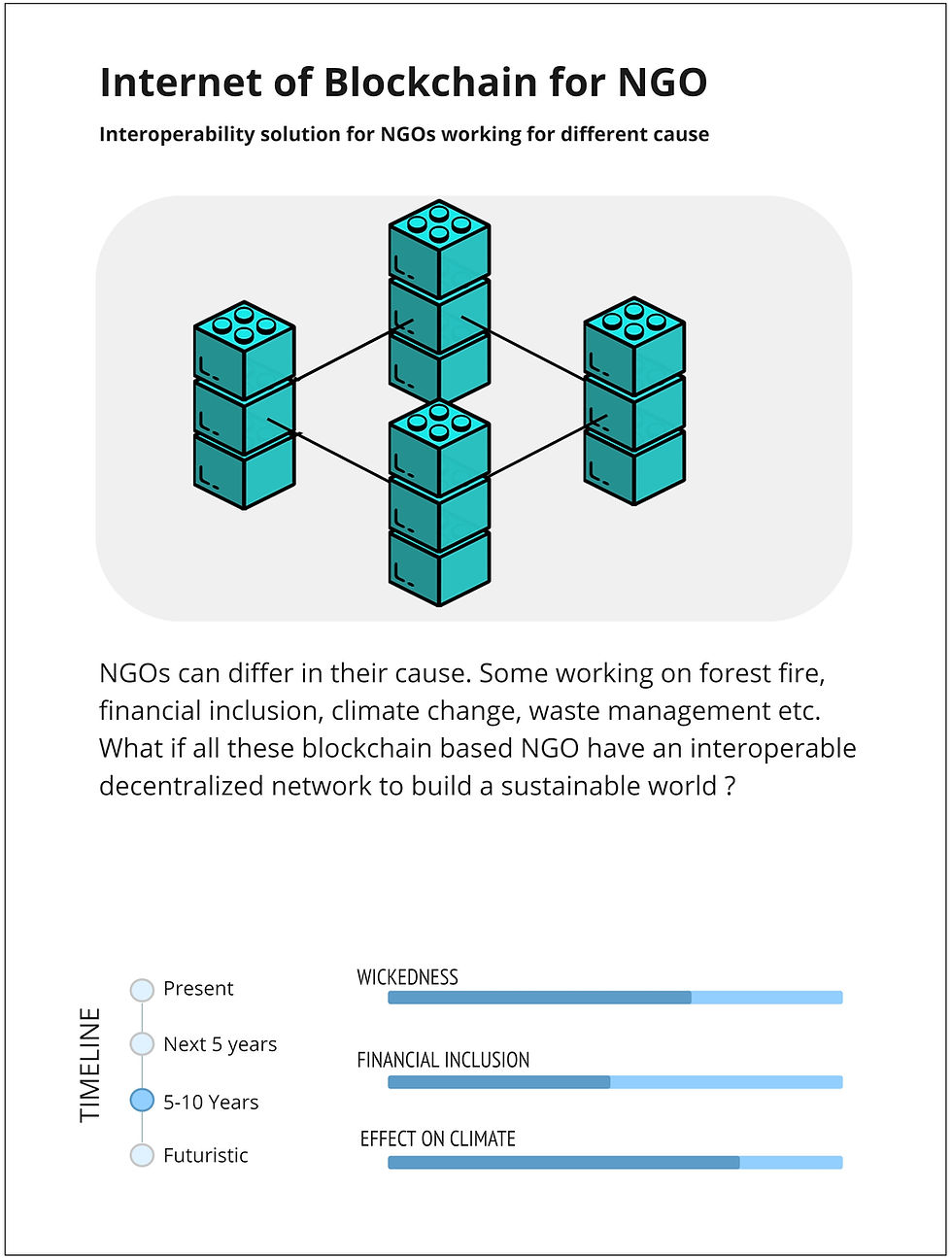Glance at the Energy Crisis
- May 19, 2021
- 2 min read
The energy crisis is the concern that the world's demands on the limited natural resources that are used to power industrial society are diminishing as the demand rises. These natural resources are in limited supply. While they do occur naturally, it can take hundreds of thousands of years to replenish the stores.

We started with understanding the basic energy management system. It starts from the core of energy developement to the emission of the vehicle system.

As a designer we thought of what gaps in the energy management systems can be intervened and what sort of solutions can be evolved by design thinking to solve the existing crisis.?
For that, we thought of intervening in the mature market i.e. Electric Vehicles. Framed as the next pinnacle of human inventions, Electric vehicle charging systems has raised many concerns. "Are the green mobility reducing carbon footprints if we trace back to its origin of power?" They listed down the design possibilities and directions to solve the systemic problem.

A mind map was made to map out the energy life cycle to power electric vehicles. This was done to understand the areas to be intervened. Since it's a Giga map, you are free to download HD images and zoom in to see the stakeholders and key players in this system.

The system being a massive one, we pinpointed to the electric vehicle charging process. With the rise of privatization of electric vehicles, companies are competing for a monopoly of electric vehicle charging grids. This can be a corporate grid, personal grid, city grid, etc. With the support of government funds and policies, we have seen an unprecedented growth of EV startups over the past couple of years.

Mothilal did a project for the government of India to make electric vehicle charging ports for E- Rickshaws in India. This was a student competition project and the link to the project is this.

This map was for understanding the service design of electric vehicle charging systems in cities.

This was our introduction to service design which focuses on Tx (Total Experience). It involves user experience (Frontend), customer experience, and employee experience (backend) for service design.
The scale of this project is massive. For a separate module (Design Management) in NID, I and 10 other students from NID worked on the business model to pitch in long-distance electric vehicle charging on National highways in India. Our pitch was:

So while doing this project we did the market size analysis and validation of this business model. For that, a small sample size of activities in NH8 highway was studied and the results showed the massive scale and impact of this system design.






Comments